“Hide/Seek: Difference and Desire in American Portraiture,” running at the Brooklyn Museum through February 12, is not a retrospective of gay and lesbian artists in the 20th century.Rather, its a first-rate examination of the canon of 20th century art through the lens of homosexuality and homoeroticism.
Instead of scraping the barrel looking for out painters before Stonewall, the curators considered the “long-ignored or suppressed subject of the role of sexual difference in the depiction of modern Americans,” as the exhibit catalog explains, “How major themes in modern art—especially abstraction—were influenced by the position of gay and lesbian artists.”
Visitors are treated to works by some of the most famous artists of the last century—Thomas Eakins, John Singer Sargent, Henri Cartier-Bresson, Jasper Johns, Alice Neel, Robert Rauschenberg David Hockney, Andy Warhol, Nan Goldin, Robert Mapplethorpe, Annie Leibovitz among them. Some were out, some were closeted, some were straight and some were sexual cyphers—but all provide vital information about queer life and culture before it was allowed to be discussed in polite company
In the clip below, exhibit co-curator David Ward discusses David Hockney’s We Two Boys Clinging Together, just one of gems in this seminal show.
Originally organized by the Smithsonian’s National Portrait Gallery, the show has had some controversy attached to it—quite unnecessarily—mostly because of the inclusion of David Wojnarowicz’s video installation, A Fire in My Belly. The film, which includes a brief clip of ants crawling over a crucifix as an AIDS allegory, outraged Republican and Catholic officials and was removed from the original Portrait Gallery exhibit. (It is on view here).
Of course, as curator Jonathan Katz points out, the degradation and suffering of Christ has been a common theme in Christian art for over a millennium. At a press preview, Katz joked, “if the Bishop of New York would like me to educate him about the iconography of his faith, I’d be more than happy to.”
We’re pretty sure His Eminence has plenty to learn about a lot of things.
Click through for a preview of works featured in “Hide/Seek: Difference and Desire in American Portraiture”






















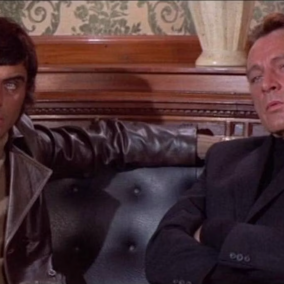


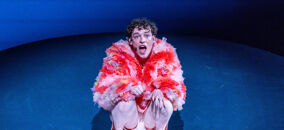
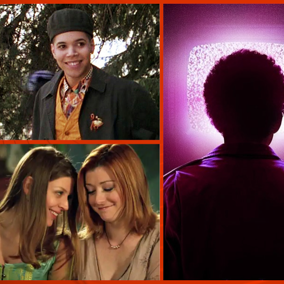
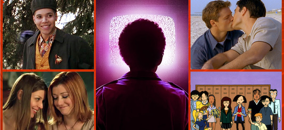


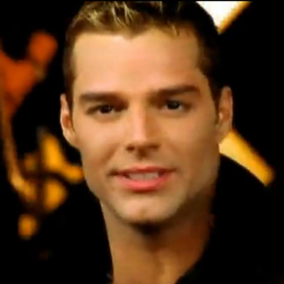
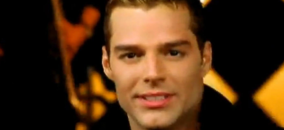

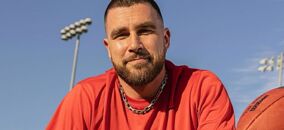
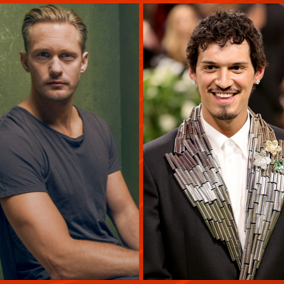
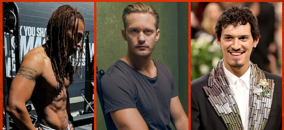
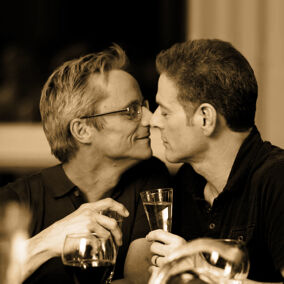

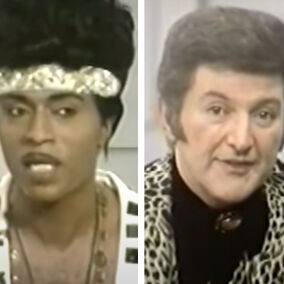
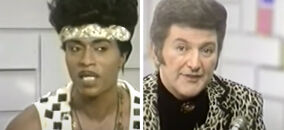
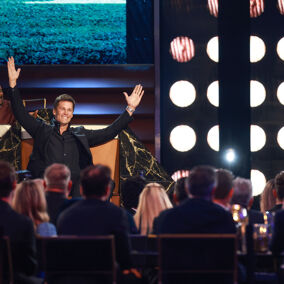

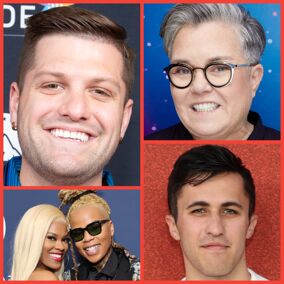
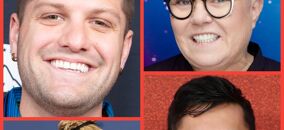
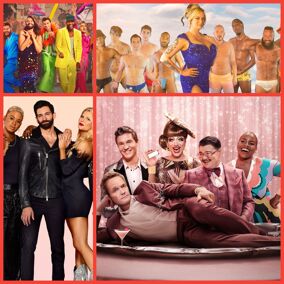
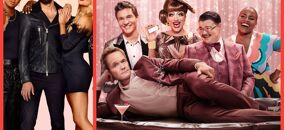
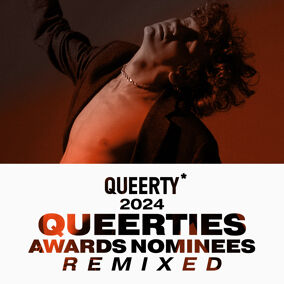
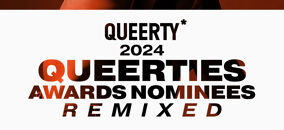

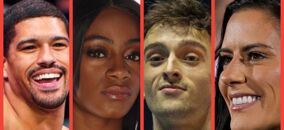
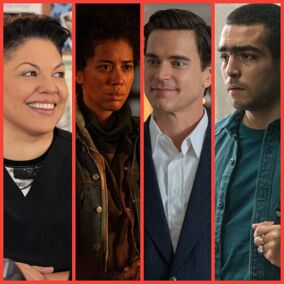
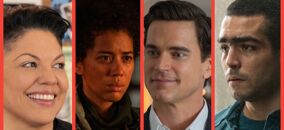
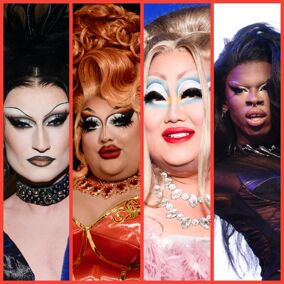

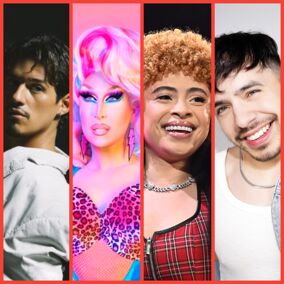
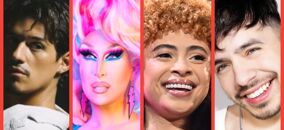

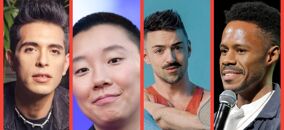


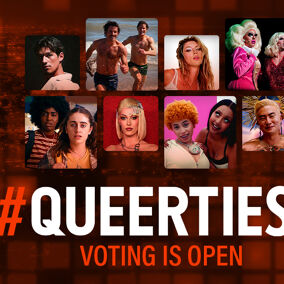
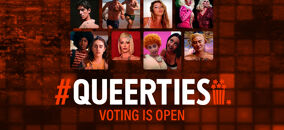

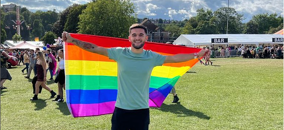
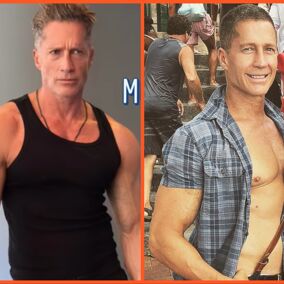
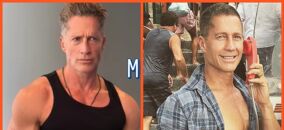

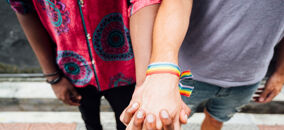


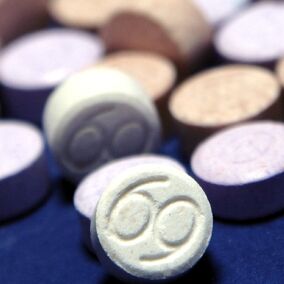

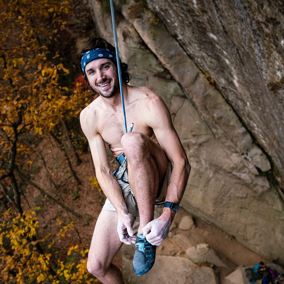
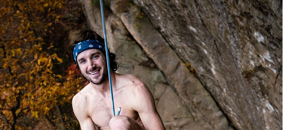


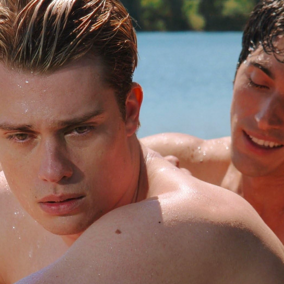
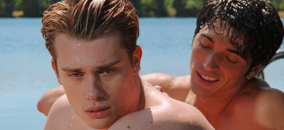
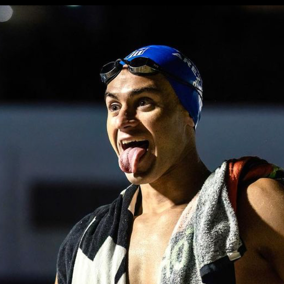

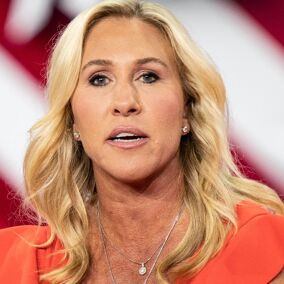
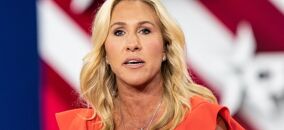
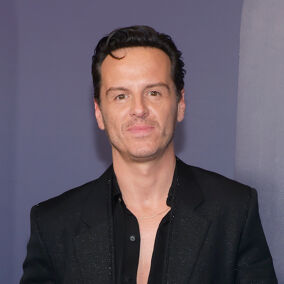
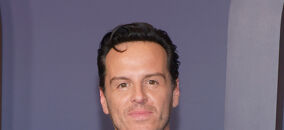


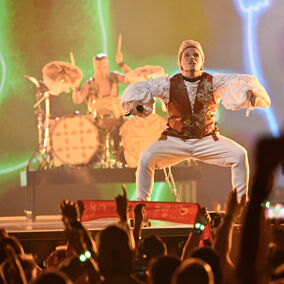

tallskin2
Good stuff! I hadn’t heard of Hockney’s painting nor of Whitman’s poem – “We two boys together clinging”
StevenW
I like 15. Hard to believe it was painted in 1898.
tookietookie
Whitman’s beard was fierce.
Bob
Harold Stevenson’s paintings should be included in this. See his “New Adam” at the New York Guggenheim.
Sam
Just saw this last night (during Brooklyn Museum’s awesome First Fridays series) and it was really thought provoking. Great stuff. Go see it.
declanto
n 1894 Thomas Eakins wrote: “My honors are misunderstanding, persecution & neglect, enhanced because unsought.”